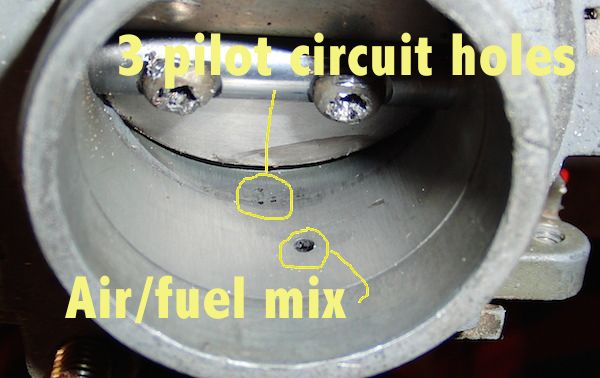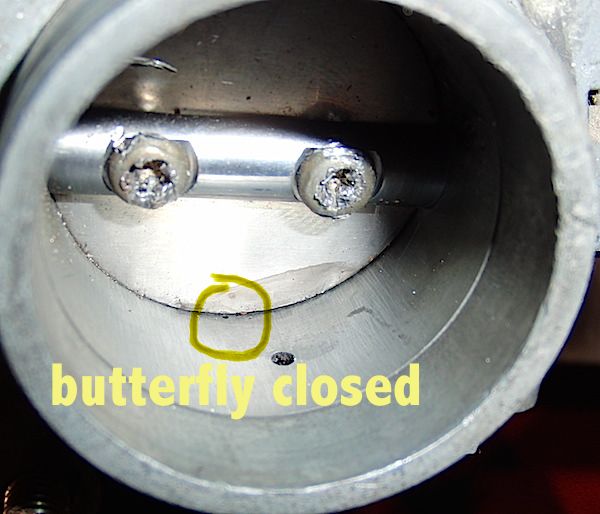Zoltan
Brooklyn
My buddy and I have been working on his bike this summer (1974 cb360). We have had an on going issue with it revving on its own and not returning to idle. To give some background:
-Still happens with throttle cables disconnected
-Replaced advancer springs, they snap back properly
-no idle change in spray carb clean around boots, I've heavily inspected them too and see no cracks, they're actually still pretty rubbery and not stiff
-timing is good
Possible ideas of the issue:
-throttle plates don't appear completely flush to the carb walls even when fully closed, I've bench synced them multiple times, haven't see an improvement
-Top end head gasket appears to be a liquid dried seal - done by a shop in maine, could this be allowing extra air in or would this just cause oil to possibly leak
-valves gaps haven't been checked -? this wouldn't cause revving and slow return to idle though, would it?
going to put my carbs on his bike tomorrow and report back, in the mean time any suggestions would be helpful, thanks!
-Still happens with throttle cables disconnected
-Replaced advancer springs, they snap back properly
-no idle change in spray carb clean around boots, I've heavily inspected them too and see no cracks, they're actually still pretty rubbery and not stiff
-timing is good
Possible ideas of the issue:
-throttle plates don't appear completely flush to the carb walls even when fully closed, I've bench synced them multiple times, haven't see an improvement
-Top end head gasket appears to be a liquid dried seal - done by a shop in maine, could this be allowing extra air in or would this just cause oil to possibly leak
-valves gaps haven't been checked -? this wouldn't cause revving and slow return to idle though, would it?
going to put my carbs on his bike tomorrow and report back, in the mean time any suggestions would be helpful, thanks!






